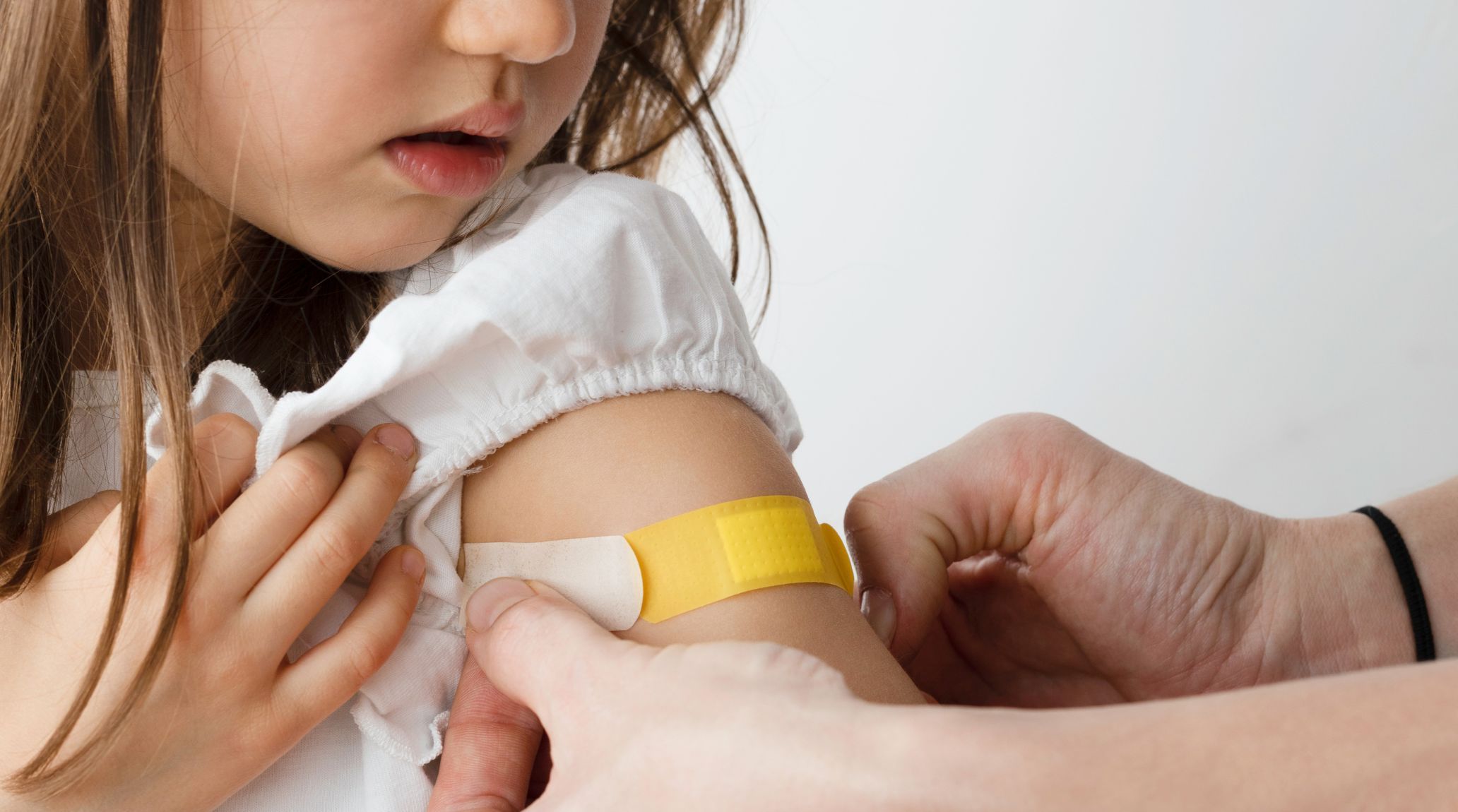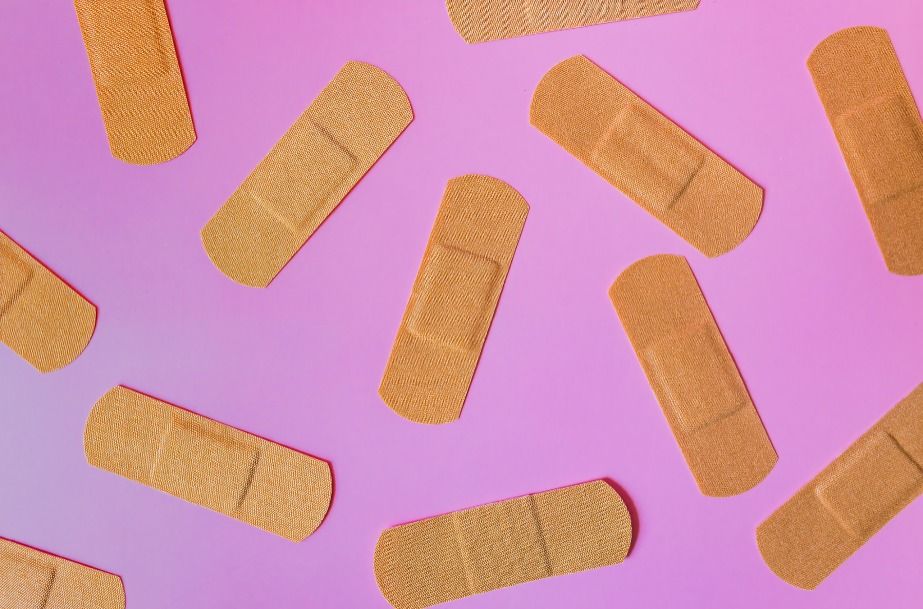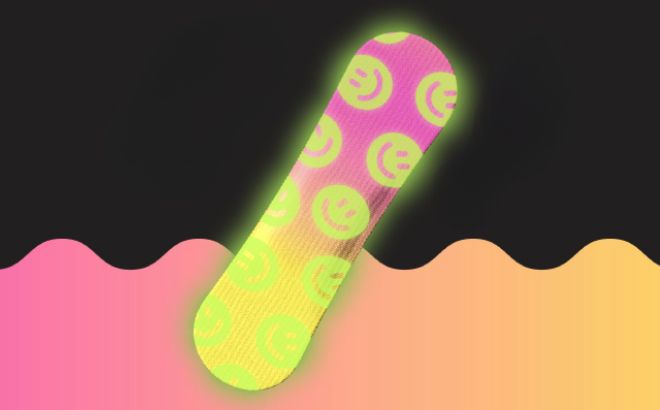
“
Adhesive bandages, commonly known as Band-Aids, are ubiquitous in households, first aid kits, and medical facilities worldwide. These small yet essential items have a fascinating history and numerous interesting aspects that many people might not know. From their invention in the early 20th century to their evolution into high-tech medical devices, adhesive bandages have come a long way. This blog will uncover 20 fascinating facts about adhesive bandages that highlight their importance, innovation, and unique features.1
1
1
”
Adhesive bandages were invented in 1920 by Earle Dickson, an employee of Johnson & Johnson. He created them for his wife, who frequently cut herself while cooking. This invention revolutionized first aid.1
The first commercial adhesive bandages were branded as "Band-Aid." Initially, sales were slow, but they eventually became a household name. Today, "Band-Aid" is used generically to refer to all adhesive bandages. 2
Band-Aids became a standard issue in soldiers' first-aid kits during World War II. Their compact and efficient design made them essential for treating battlefield wounds. 3
In 1956, Band-Aid introduced adhesive bandages with decorative designs targeting children. These fun designs helped make minor injuries less traumatic for kids. They quickly became a hit with parents and children alike. 4
In 1938, Johnson & Johnson introduced the first completely sterilized adhesive bandages. This innovation significantly improved the safety and effectiveness of wound care. Sterilized bandages helped prevent infections and promoted healing. 5

Waterproof Band-Aids were introduced in 1951. They were designed to stay on even when wet, making them ideal for swimmers and during rainy weather. This development greatly expanded their usability.
Modern adhesive bandages are made from various materials, including plastic, fabric, and latex-free options. This variety caters to different skin types and preferences. It also helps in addressing allergies and sensitivities. 6
Hypoallergenic adhesive bandages are available for people with sensitive skin. These bandages minimize allergic reactions and skin irritation. They ensure that everyone can use them comfortably and safely. 7
Some adhesive bandages come with antibacterial ointment to prevent infections, providing extra protection for minor cuts and scrapes. It helps in quicker and safer healing. 8
Ancient Egyptians applied honey to wounds for its healing properties. Honey's natural antibacterial and anti-inflammatory qualities make it an effective treatment for preventing infection and promoting wound recovery. 9
Adhesive bandages can cover minor wounds on pets, but it's crucial to use those designed specifically for animals. Human bandages may contain materials harmful to pets or may not adhere properly, risking irritation or ineffective protection. 10

There are glow-in-the-dark bandages available for children. These bandages add fun to first aid, making it less scary for kids. They also make it easier to locate the bandage in the dark.
Bandages now come in a range of skin tones that are less noticeable. This inclusive approach ensures that everyone can find a bandage that matches their skin colour. It promotes a more personalized and discreet healing process. 11
These bandages are used for wounds that must stay moist to heal properly. They create a protective, moist environment that promotes faster healing. They are particularly effective for chronic wounds and blisters. 12
Some companies have initiated recycling programs for used bandages. These programs aim to reduce environmental impact and promote sustainability. It's a step towards eco-friendly healthcare practices. 13
Researchers are developing smart bandages that can monitor wounds and deliver drugs. These advanced bandages represent the future of wound care technology. They offer real-time data and targeted treatment for better healing. 14
Special adhesive bandages are designed to stay on in cold weather. These bandages are perfect for winter sports and outdoor activities. They ensure that wounds stay protected even in harsh conditions. 15
Modern military medics use advanced adhesive bandages for rapid wound treatment in the field. These bandages are crucial for immediate care during combat. They are designed to be quick and effective in critical situations. 16
Schools often use decorative bandages to cheer up injured children. These bandages help turn a painful experience into a positive one. They are a great tool for comforting young students. 17
Vintage first aid kits, including early adhesive bandages, are collectors' items. These kits offer a glimpse into the history of medical advancements. Collectors and medical history enthusiasts alike cherish them. 18


